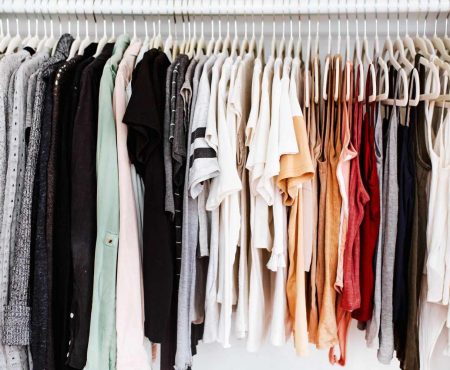The world of high fashion has long been synonymous with opulence, extravagance, and exclusivity. Runway shows dazzle with glamorous designs and innovative creations that capture our imagination. However, as global awareness of sustainability grows, the fashion industry is undergoing a transformation, seeking ways to bridge the gap between high fashion and responsible practices. The journey from runway to real life involves adapting the principles of high fashion to embrace sustainability and ethical considerations.
Elevating Sustainable Materials
Traditionally, high fashion has favored luxurious materials often associated with environmental concerns, such as animal-derived fabrics and exotic skins. Adapting high fashion to sustainability involves a shift toward ethically sourced, eco-friendly materials. Designers are exploring innovative alternatives like plant-based leathers, organic textiles, and recycled fibers, proving that luxury and sustainability can coexist harmoniously.
Craftsmanship and Timelessness
One hallmark of high fashion is impeccable craftsmanship. Adapting this aspect to sustainability means emphasizing quality over quantity. Garments are designed with longevity in mind, transcending fleeting trends. By investing in timeless pieces that withstand the test of time, we reduce the demand for disposable fashion and contribute to a more sustainable wardrobe.
Local and Artisanal Production
High fashion often entails international production and complex supply chains. Shifting toward sustainability involves a return to local, artisanal production. By supporting local artisans and craftspeople, we not only reduce the carbon footprint associated with long-distance transportation but also preserve traditional skills and cultural heritage.
Mindful Consumption
From haute couture to ready-to-wear, high fashion has occasionally perpetuated a culture of excess. Adapting to sustainable practices requires embracing mindful consumption. We focus on acquiring pieces that genuinely resonate with our personal style and values, rather than succumbing to impulsive shopping driven by trends.
Transparency and Accountability
The journey from runway to real life demands transparency and accountability from designers and fashion houses. Embracing sustainability means providing insight into the production process, sourcing of materials, and treatment of workers. Transparency enables consumers to make informed choices and support brands aligned with their values.
Inclusivity and Diversity
High fashion often grapples with issues of inclusivity and diversity. Adapting to sustainable practices involves representing a wider range of voices, cultures, and body types. By celebrating diversity, fashion becomes a more inclusive and empowering force, allowing individuals from all walks of life to connect with and embrace the industry.
Empowering Consumer Education
The transition from runway to real life requires empowering consumers with knowledge about sustainable fashion. Education is key to helping individuals understand the impact of their choices and make informed decisions. Fashion brands and influencers play a vital role in raising awareness and inspiring change.
Circular Fashion Economy
High fashion’s emphasis on novelty can contribute to wastefulness. Adapting to a circular fashion economy involves designing with circularity in mind—creating garments that can be easily repaired, repurposed, or recycled. This approach reduces the amount of clothing sent to landfills and supports a more environmentally friendly industry.
Innovative Design with Purpose
Sustainable fashion doesn’t mean sacrificing creativity. Adapting high fashion to sustainability challenges designers to innovate with purpose. They reimagine traditional designs, experiment with new materials, and create avant-garde pieces that push the boundaries of both art and sustainability.
The Influence of High Fashion
High fashion wields a significant influence on culture and style. By aligning high fashion with sustainability, the industry can set an example for the broader fashion world. When iconic designers and luxury brands prioritize sustainability, their influence ripples throughout the entire fashion ecosystem.
A Paradigm Shift
Adapting high fashion to sustainable practices isn’t a mere trend; it’s a paradigm shift that reflects changing societal values. As consumers increasingly demand ethical and environmentally responsible choices, the fashion industry must evolve. The journey from runway to real life is a transformative one, guided by a commitment to preserving both the artistry of high fashion and the health of our planet.












